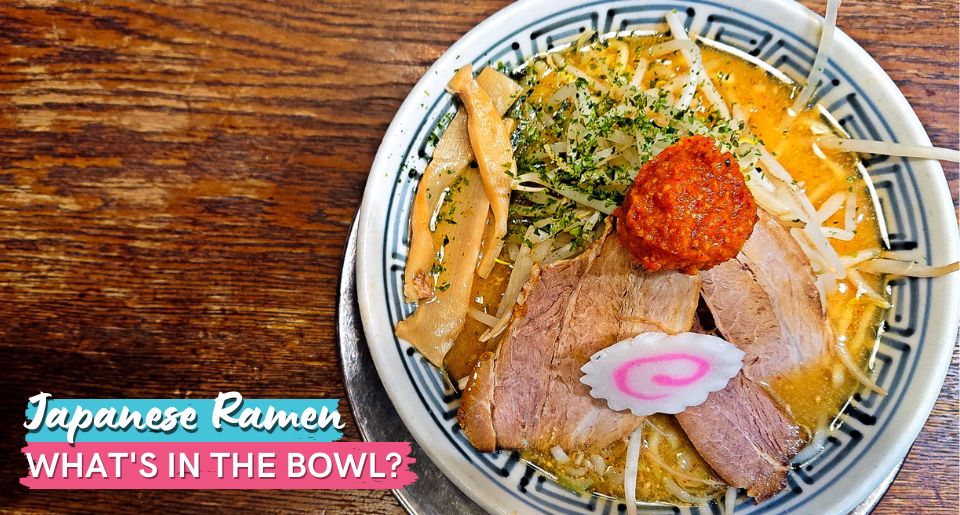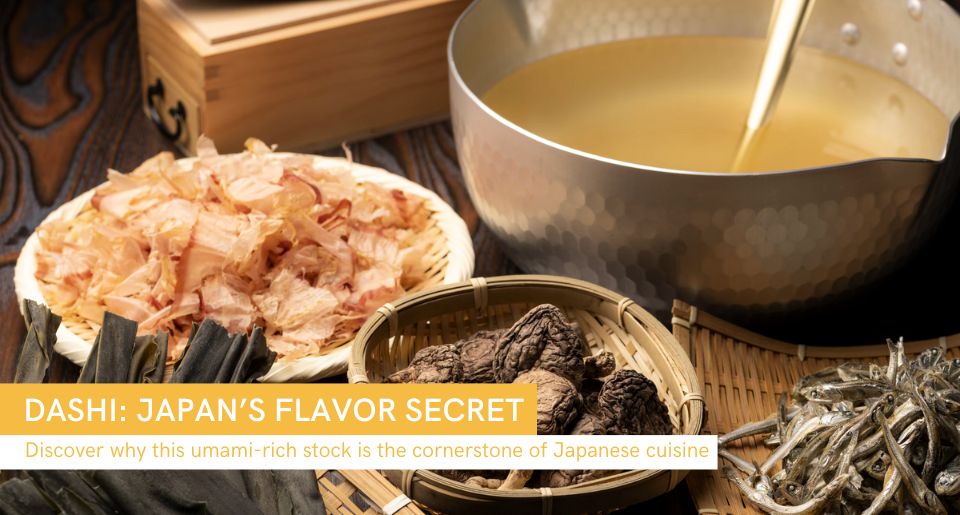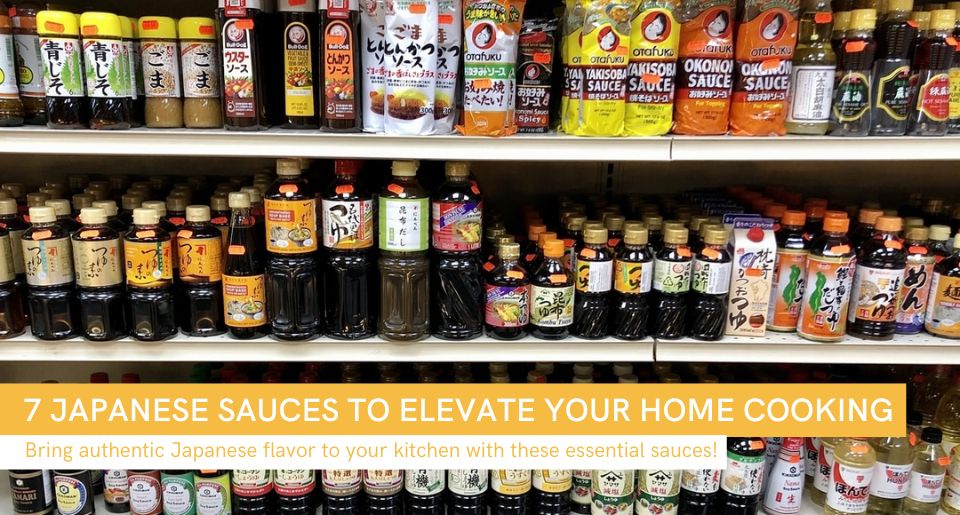Contents
- Introduction
- What is Ramen?
- Noodles: The Shining Stars of Japanese Ramen Delight
- Ramen Eggs: Charm the Eyes and Satisfy the Palate
- Chashu: A Melt-in-Your-Mouth Ramen Addition
- Japanese Fish Cakes: Slices of Beauty Adorning Ramen
- Dashi: The Flavorful Core of Ramen
Chintao Soup (清湯スープ)
Paitan Soup (白湯スープ)
Tonkotsu Ramen (豚骨ラーメン)
Tori Paitan Ramen (鶏白ラーメン) - Tare: The Foundation of Ramen Flavor
Shio Ramen (塩ラーメン)
Miso Ramen (味噌ラーメン)
Shoyu Ramen (醤油ラーメン) - Bringing Japan Home: Transform Your Kitchen into a Ramen Haven!
- About the Writer
Introduction
The popularity of ramen (ラーメン) has spread across the globe from its origins in Japan like wildfire, standing tall as a supreme choice that never fails to gratify cravings and satisfy hunger with its delectable slippery noodles and an array of delightful elements, all harmonizing in a flavorful soup.
If you find yourself daydreaming about indulging in this exciting dish day in and day out and have a keen interest in uncovering its secrets, as well as the components that come together to shape this highly sought-after bowl of pure goodness, then read on!
What Is Ramen?
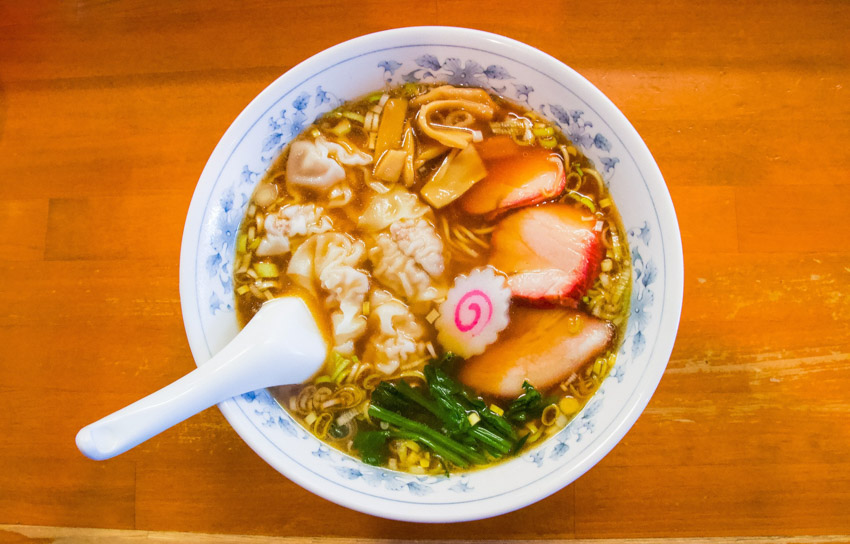
Originating from the Chinese lamian (拉麺), ramen is the Japanese version that encompasses various elements – lengthy wheat noodles immersed in a steaming soup broth, accompanied by an array of toppings such as meats and vegetables. Ramen comes in many variations that are influenced by factors such as the type of soup, sauce (tare), toppings, regional influences, and more. Yet, at their core, all these variations are rooted in the shared concept of broth and noodles.
Noodles: The Shining Stars of Japanese Ramen Delight

When it comes to a Japanese ramen dish, noodles take center stage as the ultimate star. Loved for their addictively long and slippery nature that effortlessly soaks up all the broth's goodness, noodles are a non-negotiable ramen element. Achieving mastery over these noodles is a craft that demands time and dedication, an art honed by the skilled hands of Japanese ramen masters. But instead of dedicating time to mastering the intricate Japanese noodle-making technique, a much easier option is to order them directly from the country itself and have them delivered to your doorstep using this link. You’re welcome!
Ramen Eggs: Charm the Eyes and Satisfy the Palate
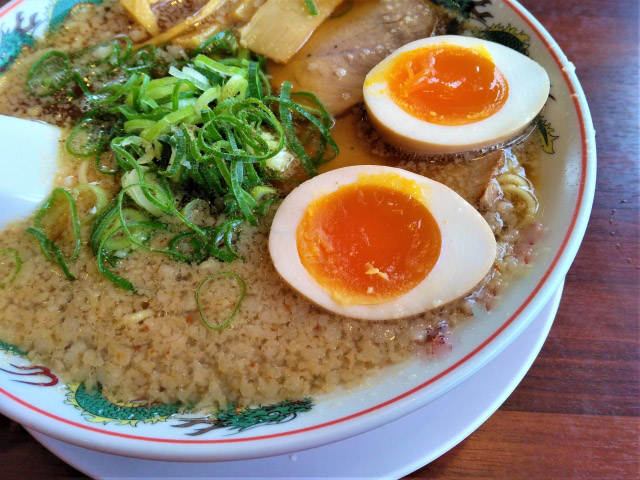
Ramen eggs, known as Ajitsuke Tamago in Japanese, stand as an indispensable component for many ramen varieties. While their visual appeal is undeniable, these Japanese soft-boiled treats also offer an incredibly satisfying taste that takes your ramen experience to a whole new level.
The process begins with boiling the orange Japanese eggs and then transferring them to an ice bath to stop the cooking process and preserve their delicious runny, jammy yolk. Following this, the eggs are carefully peeled, marinated, and finally sliced perfectly in half for a delightful addition to the ramen.
Chashu: A Melt-in-Your-Mouth Ramen Addition

Chashu (チャーシュー) – whether braised or grilled pork or chicken, reigns as one of the most beloved ramen toppings. It takes the spotlight as the primary succulent and tender meaty element, offering a mouthwatering, melt-in-your-mouth experience that elevates the entire ramen dish.
Japanese Fish Cakes: Slices of Beauty Adorning Ramen
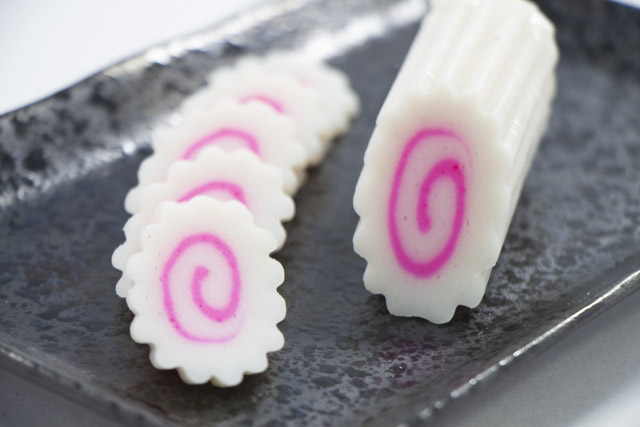
Narutomaki (鳴門巻き/なると巻き) or naruto (ナルト/なると) is arguably the most aesthetically pleasing element in a Japanese ramen dish, and it tastes as delightful as it looks. These Japanese fish cakes, made from a specific type of surimi (minced fish paste), are renowned for their attractive pink swirl at their core and distinctive jagged edges. Narutomaki serves as a vibrant topping that adds both color and flavor to Japanese ramen dishes.
Dashi: The Flavorful Core of Ramen
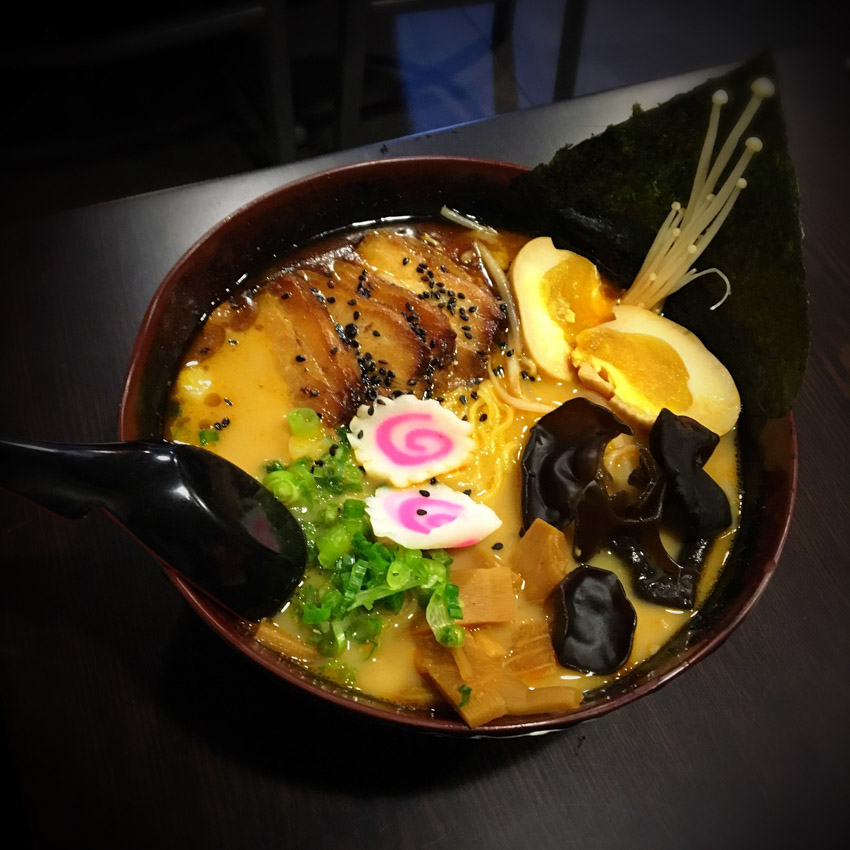
The heart and soul of every ramen creation is its broth, known as "dashi" in Japanese. The choice of dashi determines the distinct type of ramen as it significantly influences the flavor of the whole dish. The following are the most common types of Japanese dashi, each used to create various styles of ramen:
Chintao Soup (清湯スープ)
If you're craving a light, crystal-clear soup where you can watch each ramen component float gracefully, Chintao soup is your go-to. The soup is a fusion of chicken, pork, or a blend of both bones, and it may include seafood and vegetables. Chintao soup is made through a gentle simmering process that melds everything together over low heat, preventing cloudiness and ensuring absolute clarity.
Paitan Soup (白湯スープ)
Unlike the thin and light Chintao soup, Paitan soup stands out with its creamy and dense consistency. The soup is prepared using pork bones or chicken bones, which are vigorously boiled over high heat for an extended period. The key to this unmatched creaminess lies in the prolonged cooking process that causes the bones to break into pieces and give a concentrated, velvety, umami-infused broth.
Tonkotsu Ramen (豚骨ラーメン)
In Japanese, the term "ton" translates to pork, while "kotsu" means bone. Therefore, tonkotsu ramen is a rich, creamy, and intricate ramen variety prepared from a pork bone broth. "Accident is the name of the greatest of all inventors." This saying holds true even for tonkotsu, as it's believed to have originated by accident. A Fukuoka-based ramen chef left his pork bones boiling longer than planned, yielding a rich, fatty, and collagen-packed broth with incredible flavor.
Tori Paitan Ramen (鶏白湯ラーメン)
Tori Paitan ramen boasts a distinctively rich flavor and a cloudy appearance achieved by simmering chicken bones and breast meat for an extended period. In Japan, you might also come across ramen shops that take their Tori Paitan creations up a notch by infusing them with salt or soy sauce tare.
Tare: The Foundation of Ramen Flavor
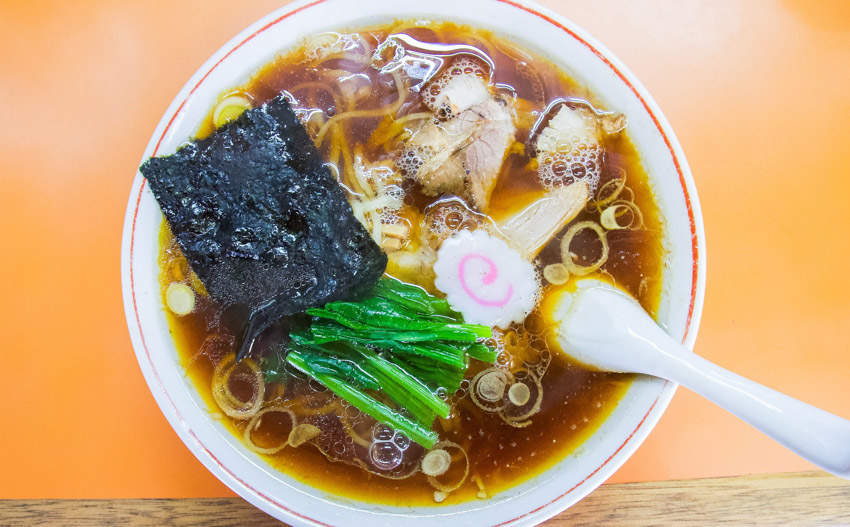
When it comes to ramen, "tare" is the magic word – it's the sauce that serves as the essential building block for making an array of ramen styles. Below, we explore the three primary types of tare commonly found in ramen shops and ramen-ya across Japan:
Shio Ramen (塩ラーメン)
In Japanese, "Shio" (塩) translates to salt. So, when we talk about shio ramen, we're talking about a big bowl of salt-infused goodness. The broth is typically made with a blend of chicken, dashi stock, dried sardines, bonito flakes, seaweed, and veggies. The end result? A clear, delicate, and light soup that is achieved by slow simmering to intensify those amazing flavors, all without a hint of cloudiness.
Miso Ramen (味噌ラーメン)
If you're up for a bold ramen journey, then miso ramen is definitely your ticket. Known for its deep richness and strong umami flavor, this dish always keeps miso enthusiasts yearning for another bowl. The miso-infused broth delivers a soup-like experience, containing a variety of ramen delicious elements – from the chewy noodles to the flavorful meats, aesthetically pleasing narutomaki, ramen eggs, satisfying garnish and so much more!
Shoyu Ramen (醤油ラーメン)
Shoyu ramen, also known as Tokyo Ramen, is seasoned with Japanese soy sauce and boasts a symphony of complex and intriguing flavors. The broth can either boast a clear, light brown hue or take on a rich, dark cloudiness, depending on the ingredients swirled into it.
Bringing Japan Home: Transform Your Kitchen into a Ramen Haven!
While the genuine Japanese ramen experience often unfolds within the walls of ramen shops in Japan, you can capture that same essence right within your own home without the need to pack your bags. ZenPlus steps in to facilitate the journey of authentic Japanese products right to your doorstep, just a few clicks away. So, what are you waiting for? Gather all your ramen ingredients and transform the Japanese ramen into a staple household comfort dish!
About the Writer
Meet Mariam - a freelance writer with a lifelong love for cooking, beauty, and Anime, starting from the tender age of six. Now, with boundless creativity and determination, she aims to deliver the most valuable content for readers to offer them a glimpse into her passions in life.

